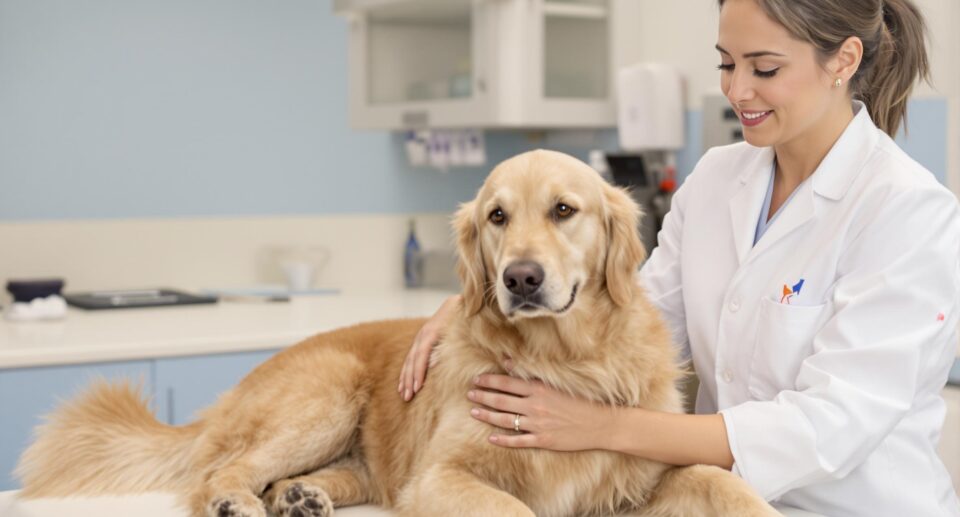Cancer Symptoms in Dogs

Signs & symptoms of cancer in dogs and cats
Symptoms of cancer in dogs and cats can be difficult to recognize as cancer because many times cancer symptoms will mimic other diseases or illnesses in our pets. That is why it is so important to take pets for yearly or twice yearly physical exams, especially middle-aged to older pets, and to see a veterinarian as soon as possible if any lumps or tumors are seen or felt on your pet’s skin. Non-specific cancer symptoms may include: dramatic or rapid weight loss, loss of appetite, difficulty eating, little interest in play or exercise, difficulty with stool or urination, unusual lameness or stiffness, abnormal firm swellings, offensive odor from the body, masses along the jaw or tooth line, and oozing of blood from the mouth or rectum/anus. Many pets with cancer will have increased thirst and/or urination, vomiting, and have changes in stool quality or frequency. Respiratory and breathing changes may also be seen.
- Rapid weight loss
- Loss of appetite/difficulty eating
- Little interest in play/exercise
- Difficulty with stool or urination or changes in stool frequency
- Unusual lameness/stiffness
- Abnormal firm swellings
- Offensive odor
- Masses along jaw or toothline
- Oozing of blood from mouth or rectum
- Increased thirst and urination
- Vomiting
- Respiratory changes
Detecting cancer pain in dogs and cats
Pain is very common in pets with cancer, and can often be detected with careful observation of their behavior. Pain can negatively impact your pet’s quality of life and important physiological functions. Pain is often secondary to the tumor itself, or a result of invasive diagnostic, drug, and chemical treatments. Untreated pain lessens quality of life in all pets and prolongs suffering and recovery. It should be a top priority to relieve pain in pets with cancer, and to educate pet owners about how to recognize and manage pain in their furry friends. Some tumors are more likely to cause pain than others, and may include tumors of the bone, nervous system, digestive tract, breast, bladder, kidney, prostate, nasal cavity, and certain skin tumors.
Symptoms of pain in pets with cancer
Symptoms your pet is in cancer-related pain include changes in normal activity level, changes in behavior (such as avoiding social interactions), reluctance to move, decreased appetite, changes in attitude and facial expression, excessive reaction to touch, respiratory changes, licking or scratching around the tumor site, vocalization, and inappropriate urination or defecation.
Tests used to diagnose cancer in dogs and cats
A complete veterinary examination is recommended for any pet suspected of having cancer, including a thorough physical, blood work, and urine testing. If possible, needle aspiration of any abnormal swelling or lump should be done to make a preliminary diagnosis. X-rays and ultrasounds of the abdomen or chest often help to determine whether the cancer has spread to any internal organs. In certain cases, CT scans and MRIs can determine whether cancer has spread to the central nervous system. Definitive diagnosis of any cancer, however, is only possible with tissue biopsy samples evaluated by a veterinary pathologist under a microscope. Results of this biopsy often guide a specific course of therapy, and grade or stage the cancer in order to determine your pet’s prognosis.





